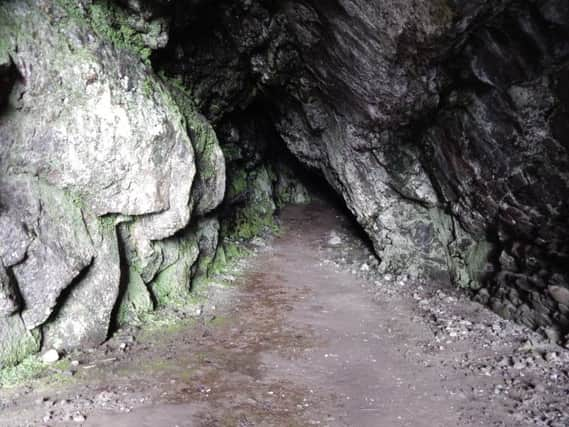Islandmagee's reputation as a haven for smugglers in bygone centuries


But as the sailors off-loaded her cargo – bales of leaf tobacco – a revenue cutter also appeared on the scene.
The smugglers were caught red handed. The crew did not speak English and were captured, but the locals who would have been receiving the goods had time to make themselves scarce on shore. The revenue officials also found an artificial cave, in which the tobacco was to be stored (and doubtlessly many other similar cargos had been too). The cave was 30 feet long, four feet long and four feet wide. It was lined with boards designed to keep the tobacco dry. The discovery was a death knell for Islandmagee’s smuggling enterprise.
Advertisement
Hide AdAdvertisement
Hide AdThe Island had once been “celebrated” for smuggling, the OS Memoir tells us, adding that in the early 1800s tobacco had been found concealed under the seats of the Seceding (Presbyterian) meeting house by excise men. The arrival of the coastguards, located at Portmuck and Browns Bay, seems to have played an important part in bringing about an end to smuggling.


The key figure in smuggling in Islandmagee was a well-to-do farmer named William McClelland, who lived at Portmuck. McClelland had trade links with the Netherlands – one of the smuggling routes – and whenever the authorities tried to clamp down on him they arranged to build coastguard cottages in his farmyard, where they can still be seen today. In 1829 the farmer had built a new pier at Portmuck; a sign either that he h